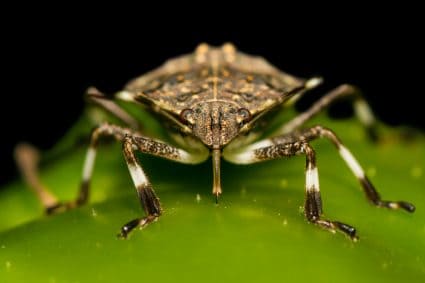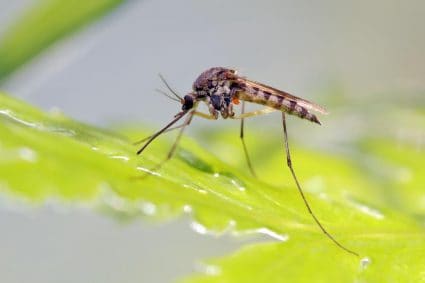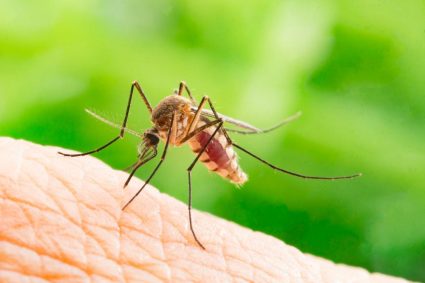
Introduction
Stray animals roaming around residential areas is a common sight in many parts of the world. While these animals may seem harmless, they can pose several risks, including disease transmission, property damage, and potential harm to native wildlife. In this comprehensive guide, we’ll explore effective, humane, and non-harmful methods to keep stray animals away from your property.
To keep stray animals away from your house, first, remove any potential food sources and shelter. This includes sealing trash cans tightly and clearing clutter from your yard. Use deterrents like natural repellents or commercial products, and consider installing fencing or motion-activated devices. If strays persist, contact professional services like animal control agencies or animal shelters. Always approach this issue in a humane and non-harmful way.
Identifying Stray Animals
The first step in dealing with stray animals is identifying their presence. Look for signs like unusual noises, property damage, and animal droppings. You may also notice food remnants and unfamiliar smells. Keep an eye out for nests or dens and unusual animal activity, especially during dawn and dusk when many animals are more active.
Effective Methods to Deter Stray Animals
Remove Food Sources and Shelter
Stray animals are primarily attracted to your property due to the availability of food and shelter. Ensure that trash cans are tightly sealed and avoid leaving pet food outside. Clear any debris, clutter, or hiding spots in your yard that may provide shelter for stray animals.
Use Deterrents
Sprinkle natural repellents like citrus peels, coffee grounds, or essential oils around your property. These scents are unappealing to most stray animals. Commercial repellents or ultrasonic devices are also effective in deterring stray animals.
Install Fencing
Building a fence around your property can prevent stray animals from entering. For cats, place strips of double-faced tape or plastic along the top of the fence, as they dislike the feel of these materials on their paws.
Use Motion-Activated Devices
Devices like motion-activated sprinklers can startle and discourage stray animals. These devices are non-harmful and can be a great deterrent.
Risks Associated with Stray Animals
Stray animals can pose several risks to homeowners. They can carry and transmit diseases, cause property damage, create noise disturbances, and may become aggressive if they feel threatened. They also contribute to the overpopulation of homeless animals.
Professional Services for Stray Animal Management
Various professional services are available to help manage stray animals. These include animal control authorities, animal care and protective services, spay and neuter clinics, and animal shelters. These organizations provide rescue, shelter services, sterilization and vaccination programs, community education, and adoption services.
Reporting Stray Animals
If you spot a stray animal, contact your local animal control agency. Provide detailed information about the animal’s appearance, location, and behavior. Some areas also offer online platforms or mobile apps for reporting stray animals.
Educating Neighbors
To prevent stray animals in your neighborhood, communication and education are key. Engage in conversations with your neighbors about responsible pet ownership and the impact of stray animals. Organize community events, distribute educational materials, and advocate for local policies that support responsible pet ownership and address stray animal issues.
Conclusion
Keeping stray animals away from your property requires a combination of proactive measures, community involvement, and professional assistance. By implementing these strategies, you can create a safer environment for both humans and animals. Always remember to prioritize humane and non-harmful methods in dealing with stray animals.
Frequently Asked Questions
What are some examples of diseases that stray animals can transmit?
Stray animals can transmit a variety of diseases, including rabies, toxoplasmosis, fleas, ticks, and heartworms. These diseases can affect both humans and pets.
Can I use any type of essential oil as a deterrent for stray animals?
Not all essential oils are safe or effective as animal deterrents. Some oils can be harmful to animals. Oils like citrus, eucalyptus, and peppermint are commonly used as they are non-toxic and disliked by many animals. Always dilute essential oils and avoid using them in areas where pets frequent.
What should I do if a stray animal becomes aggressive?
If a stray animal becomes aggressive, maintain a safe distance and do not attempt to touch or corner the animal. Contact your local animal control agency immediately.
Are motion-activated devices harmful to animals?
Most motion-activated devices are designed to startle, not harm, animals. They typically use water, noise, or light to deter animals. Always choose devices that are marketed as humane and non-harmful.
How can I contribute to preventing stray animal overpopulation?
You can contribute by advocating for and practicing responsible pet ownership. This includes spaying or neutering your pets, not abandoning pets, and educating others about the importance of these practices. You can also support local animal shelters and rescue organizations.










